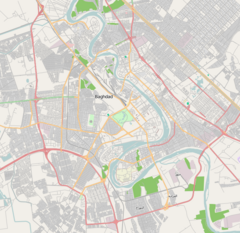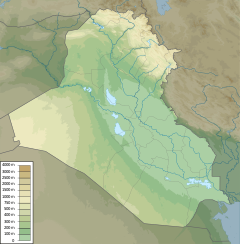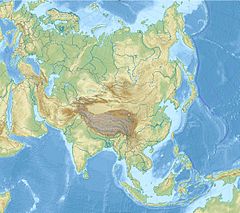Al-Rusafa,_Iraq
Al-Rusafa, Iraq
Neighbourhood in Baghdad, Iraq
Rusafa or Al-Rasafa (Arabic: ٱلرُّصَافَة \ رَّصَافَة, romanized: Ruṣāfah / Ar-Raṣāfah) is one of the nine administrative districts in Baghdad, Iraq, on the eastern side of the River Tigris (on the west side of which is Al-Karkh). It is one of the old quarters of Baghdad, situated in the heart of the city, The Rasafa side is one of the main parts of the city of Baghdad, the capital of Iraq. Along with Karkh, it forms the essential components of the city, with the Tigris River flowing between them. The Rasafa side is known for its numerous cultural and historical landmarks, including the Old City, the Republic Bridge, and various markets and residential areas. and is home to a number of public squares housing important monumental artworks.




